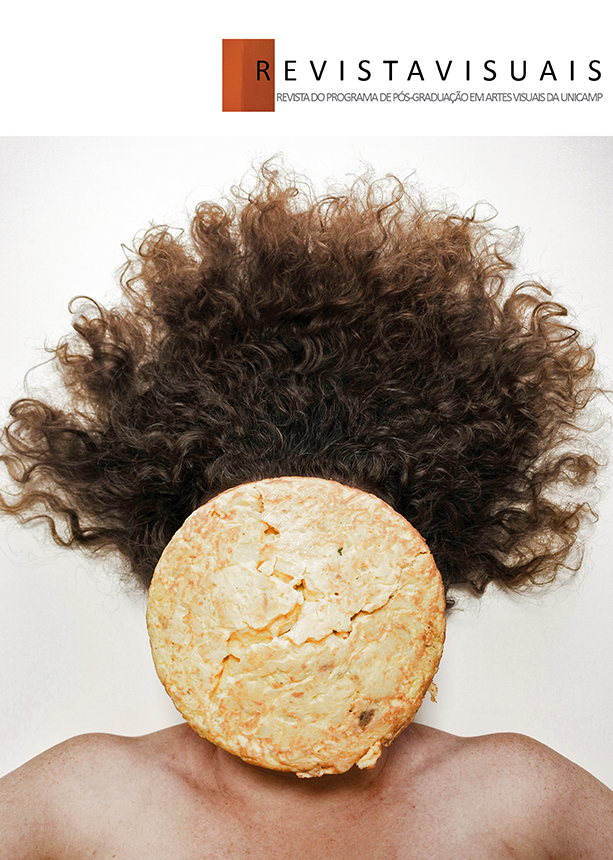Resumo
Das Unheimliche é parte de uma longa trajetória de pesquisa artística e acadêmica que investiga o desaparecimento do rosto no retrato e no autorretrato fotográfico, ratificando e explorando o conceito de antirretrato como expressão da fragmentação identitária contemporânea. A série, produzida entre 2013 e 2024, centra-se no enterrar e desenterrar de impressões digitais de retratos fotográficos, tomados de pessoas que fazem parte da rede de relações da artista. Estas imagens, que passam por diferentes países ao longo de dez anos, desconstruindo-se e tornando-se vestígio do que foram, simbolizam e representam desconstruções e reconstruções de elementos do fotográfico, tanto quanto representam as mutações emocionais, relacionais e identitárias pelas quais o conjunto de sujeitos e relações que definem a série, passam ao longo desses dez anos. Referenciando Freud, o título remete ao conceito de unheimliche, refletindo sobre a desestabilização de afetos e lugares outrora seguros. A obra desmaterializa o fotográfico e a reconstrução de relações e identidades através do tempo e do espaço, mesclando experiências pessoais e culturais em uma narrativa visual que questiona a permanência, a estabilidade e a migração.
Referências
CHIARELLI, Tadeu. Arte internacional brasileira. 2. ed. São Paulo, SP: Lemos, 1999.
FREUD, Sigmund (1919). O Inquietante. In: Obras Completas, vol.14. São Paulo: Companhia das Letras, 2010.
ALPHEN, Ernst van. Art in Mind: How Contemporary Images Shape Thought. Chicago: University of Chicago Press, 2005.
______. Francis Bacon and the Loss of Self. London: Reaktion Books, 1992.
______. The Portrait’s Dispersal: Concepts of Representation and Subjectivity in Contemporary Portraiture. In: MOSQUERA, G. (Ed.). Interfaces: Portraiture and Communication. Madrid: La Fabrica, 2011, pp. 47-62.
JOHNSTONE, Fiona e IMBER, Kirstie. Anti-portraiture: challengind the limits of the portrait. Londre, UK: Bloomsbury Visual Arts, 2020.

Este trabalho está licenciado sob uma licença Creative Commons Attribution-NonCommercial-NoDerivatives 4.0 International License.
Copyright (c) 2025 Revista Visuais


